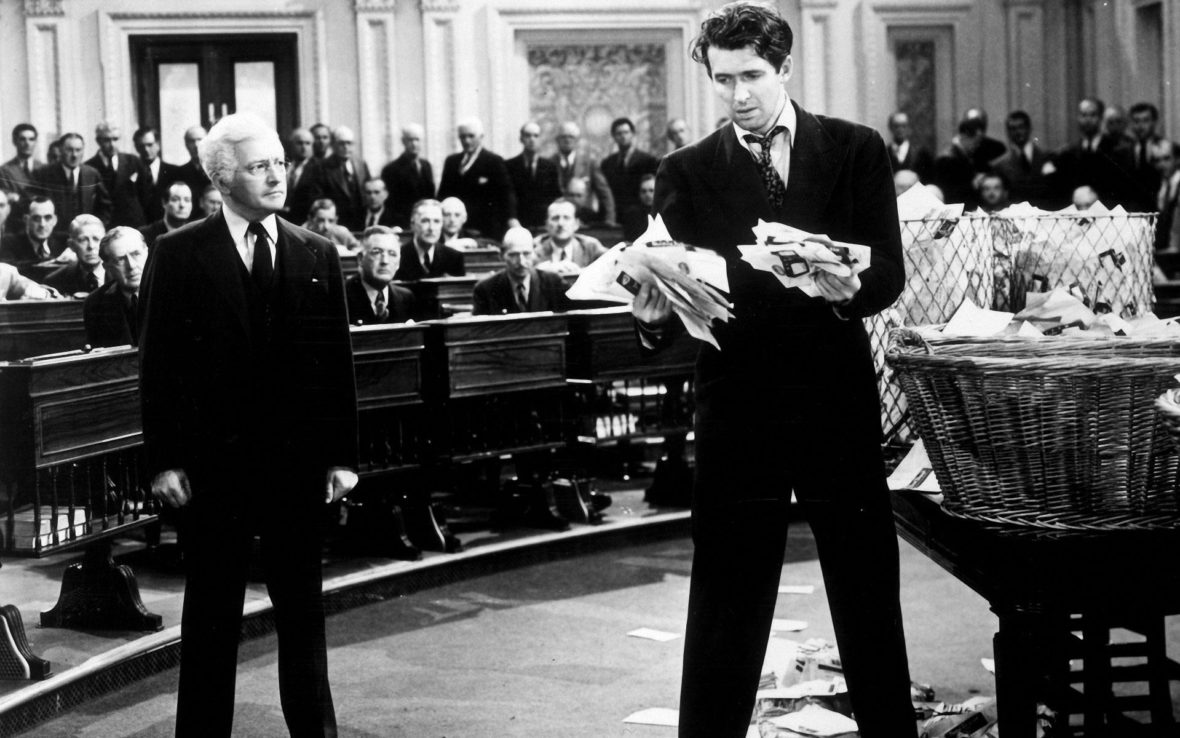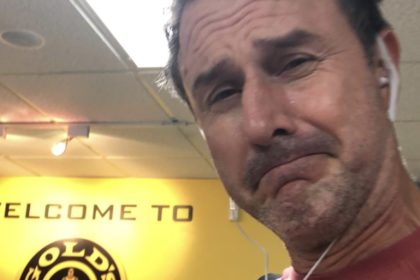Mr. Smith Goes to Washington is a 1939 American political comedy-drama movie directed by Frank Capra, starring Jean Arthur and James Stewart, and featuring Claude Rains and Edward Arnold. The movie is about a newly appointed United States Senator who fights against a corrupt political system. Take a look below for 28 more interesting and fascinating facts about Mr. Smith Goes to Washington.
1. The movie was written by Sidney Buchman based on Lewis R. Foster’s unpublished story “The Gentleman from Montana.”
2. Mr. Smith Goes to Washington was controversial when it was first released, but was also successful at the box office, and made James Stewart a major movie star.
3. The movie was nominated for 11 Academy Awards, winning for Best Original Story.
4. It’s considered to be one of the greatest movies ever made, and it was selected by the Library of Congress for preservation in the United States National Film Registry in 1989, deeming it, “culturally, historically, or aesthetically significant.”
5. The movie was bitterly denounced by Washington insiders angry at its allegations of corruption, yet it was banned by fascist states in Europe who were afraid it showed that democracy works.
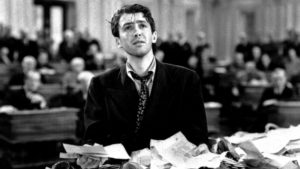
6. In 1942, when a ban on American movies was imposed in German-occupied France, the title theaters chose Mr. Smith Goes to Washington for their last movie before the ban went into effect. One Paris theater reportedly screened the movie nonstop for 30 days prior to the ban.
7. The scene where James Stewart wanders around in amazement at the Washington monuments were “stolen,” since the U.S. Parks Service had denied the studio permission to film near them.
8. According to the New York Times, “the Boy Scouts of America objected to having any part in Mr. Capra’s reform movement,” and Frank Capra therefore had to use the fictitious name of the Boy Rangers.
9. The movie was banned in Nazi Germany, Fascist Italy, Soviet Russia and Falangist Spain. According to Frank Capra, the movie was also dubbed in certain European countries to alter the message of the movie so it conformed with official ideology.
10. Frank Capra received many letters over the years from individuals who were inspired by the movie to take up politics.
11. Jean Arthur’s left side was considered her best side, so the sets had to be constructed in a way that whenever she entered, she would be photographed on that side.
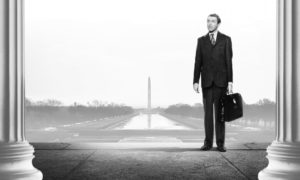
12. The Washington press corps was highly indignant at the way it was portrayed in the movie. Consequently, a great deal of the initial reviews from the capitol were very negative. One of their chief objections was that the movie made them all out to be drinking too much.
13. to make his voice hoarse for the filibuster scene, James Stewart dried out his throat with bicarbonate of soda. However, both Frank Capra and Stewart revealed in interviews that his throat was periodically swabbed with mercuric chloride.
14. Neither the Republican nor Democrat parties are ever mentioned in the movie.
15. Mr. Smith Goes to Washington is one of five times that Beulah Bondi portrayed James Stewart’s mother. The others are: It’s a Wonderful Life, Of Human Hearts and Vivacious Lady, and once on his television series, the Jimmy Stewart Show.
16. The set for the Senate chamber was constructed on two newly built adjoining stages at Columbia, stage 8 and 9. The set was built almost to scale, and was at that time, the largest set built on a Columbia sound stage.
17. The state that Jefferson Smith, played by James Stewart, and Senator Joseph Harrison Paine, played by Claude Rains, come from is never mentioned.
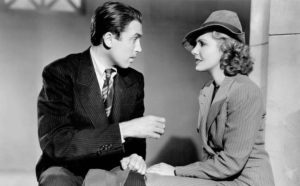
18. The U.S. Senate interior as shown in the movie was an extremely accurate reproduction of the real thing.
19. One of the real senators from Montana walked out of the screening he attended in disgust.
20. The movie finished shooting eight days over schedule and $288,660 over budget.
21. Harry Carey’s role is credited as “President of the Senate.” He is presumably also the Vice-President of the United States. However, in those days, if the Vice-President died in office, he was not replaced until the next presidential election, so the job of President of the Senate would devolve upon a senator designated as the President Pro Tem of the Senate.
22. Edmund Mortimer was first chosen for the role of Senator Agnew, and the studio records call lists reflected this. However, Mortimer dropped out of the finished film entirely, and the role went to H.B. Warner.
23. Lafe Mckee, who played the Civil War veteran, was actually born nearly seven years after the Civil War ended.
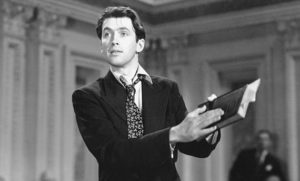
24. Mr. Smith Goes to Washington was loosely remade by Tom Laughlin as Billy Jack Goes to Washington. Laughlin offered James Stewart the Claude Rains role but Stewart declined.
25. Originally, Rouben Mamoulian was to be the director of the movie; however, after Frank Capra heard this he decided he did want to direct it, after he had first rejected it because he didn’t like the script.
26. Mr. Smith Goes to Washington is the first movie to earn two Best Supporting Actor Oscar nominations. Claude Rains and Harry Carey were both nominated. Both of them lost to co-star Thomas Mitchell for his role in Stagecoach.
27. Mr. Smith Goes to Washington features Harry Carey’s only Oscar nominated performance.
28. H.B. Warner and Pierre Watkin’s characters are, respectively, credited as Senate Majority Leader and Senate Minority Leader. In the script they also have names, respectively, Senator Martin Agnew and Senator John Barnes. Their party affiliations are presumably opposite, but it’s never stated which is a Democrat and which is a Republican.

